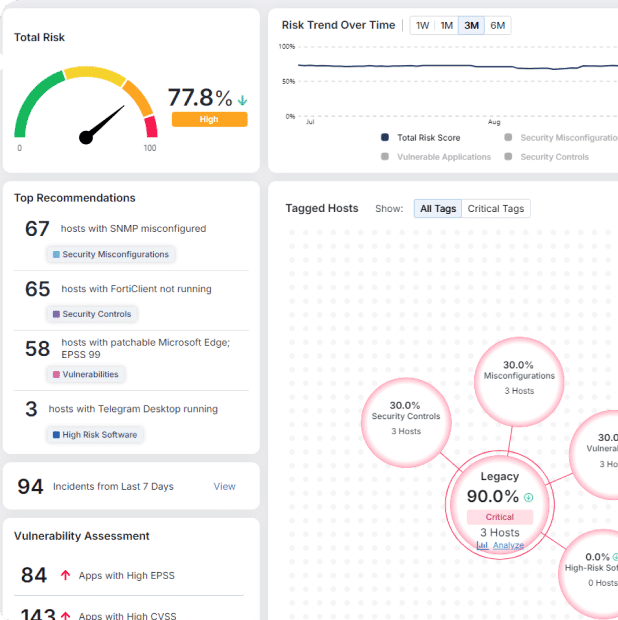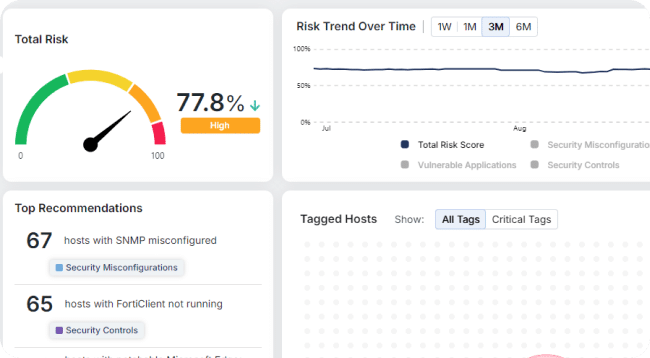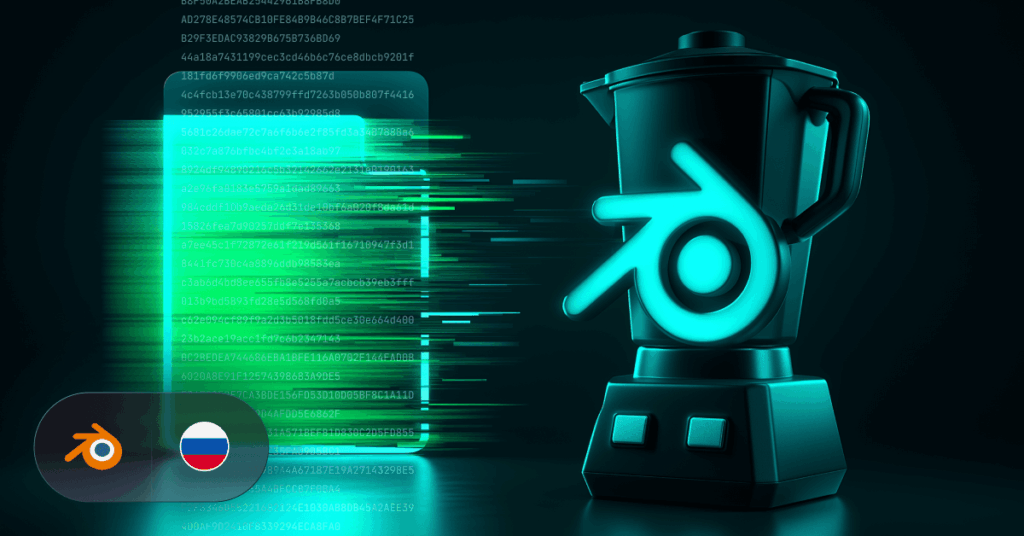Noodlophile Stealer Evolves: Targeted Copyright Phishing Hits Enterprises with Social Media Footprints

The Noodlophile Stealer, first detailed in our previous analysis (New Noodlophile Stealer Distributes Via Fake AI Video Generation Platforms), has evolved into a highly targeted threat exploiting enterprises with significant Facebook footprints.
This blog dissects the upgraded phishing tactics, delivery methods, and enhanced Noodlophile capabilities, offering security leaders actionable insights to protect against this sophisticated threat.
You can read or share this full threat analysis as a PDF here.
Introduction
The Noodlophile campaign, active for over a year, now leverages advanced spear-phishing emails posing as copyright infringement notices, tailored with reconnaissance-derived details like specific Facebook Page IDs and company ownership information. Unlike its earlier iteration, which used fake AI video generation platforms, this campaign employs multilingual lures (potentially AI-crafted), broader global outreach, and upgraded delivery mechanisms to deploy an enhanced Noodlophile Stealer.
Notably, phishing campaigns exploiting copyright infringement claims are not new. In 2024, Check Point Software documented the “CopyRh(ight)adamantys” campaign, which delivered the Rhadamanthys stealer via similar lures, impersonating legal entities like media companies. However, the current campaign stands out with its use of legitimate software vulnerabilities, obfuscated staging via Telegram, and dynamic payload execution.
Targeting enterprises across US, Europe, Baltic countries and APAC, these emails are sent to key employees or generic inboxes (e.g., info@, support@), demanding urgent action to trick victims into downloading malicious payloads.

The Lure: Sophisticated Spear Phishing with Copyright Infringement Claims
This campaign capitalizes on enterprises’ reliance on social media by sending highly personalized spear phishing emails that allege copyright violations on specific Facebook Pages.
These emails, often originating from Gmail accounts to evade suspicion, include precise details such as Page IDs and ownership information, indicating extensive reconnaissance. The urgent tone and legal threats pressure recipients-typically employees or generic contact and marketing inboxes like info@ or support@-to click malicious links disguised as evidence files (e.g., “View Copyright Infringement Evidence.pdf”).
Compared to earlier, this campaign employs a wider range of impersonated entities and multilingual content (e.g., English, Spanish, Polish, Latvian), potentially leveraging AI for localization.
Email Examples from the Campaign
Below are anonymized examples of the phishing emails, showcasing their tailored nature and urgency:





Delivery Mechanism: Exploiting Legitimate Applications and DLL Side-Loading
Unlike the previous Noodlophile campaign, which used fake AI platforms, this iteration delivers payloads through legitimate, signed applications vulnerable to DLL side-loading, such as Haihaisoft PDF Reader and Excel converters. Attackers exploit these vulnerabilities in two innovative ways:
- Recursive Stub Loading: A small stub is side-loaded, which recursively loads a malicious DLL via Import Address Table (IAT) dependencies, ensuring seamless integration with the legitimate application.
- Chained DLL Vulnerabilities: A legitimate DLL with its own side-loading vulnerability is used, allowing the malicious code to execute covertly within the trusted process.
Payloads are often delivered via Dropbox links (e.g., https://www.dropbox.com/s/[id]/Archive.zip?dl=1) masked by TinyURL redirects. Archives contain disguised artifacts, such as batch scripts renamed as .docx files or self-extracting archives (SFX) posing as .png files, which are executed by the malicious libraries loaded within the legitimate application.
Intermediate Staging: File Renaming, Persistence, and Script Execution
Following the side-loading of malicious DLLs, the campaign introduces an intermediate stage to bridge the initial execution and the deployment of the final stealer. The side-loaded DLLs rename additional files within the archive-such as those disguised as .pptx, .docx, or .pdf extensions-to reveal BAT scripts and portable Python interpreters. These BAT scripts serve multiple purposes:
- Persistence Establishment: The BAT scripts create registry entries under HKEY_CURRENT_USER\Software\Microsoft\Windows\CurrentVersion\Run (or similar paths), configuring persistence by executing commands that launch the Python interpreter with the malicious script via cmd.exe.
- Remote Downloads in Variants: In some variants, the renamed BAT scripts download additional disguised files (e.g., posing as “PDF” or “PPTX” documents) from remote servers, after which persistence is established in a similar manner.

Once executed, the interpreted malicious script acts as a short-liner, similar to those seen in prior campaigns, performing an exec on a downloaded next-stage Python script. This transitions seamlessly to the enhanced obfuscation and staging mechanisms.

Payload Analysis: Enhanced Obfuscation and Telegram-Based Staging
The batch and command scripts, disguised as .docx files, are more heavily obfuscated than in our previous report. Instead of directly downloading the next stage, these scripts extract a URL from the description of a Telegram group, enabling dynamic execution of the payload. The final stealer is hosted on free platforms like https://paste[.]rs/Gc2BJ, a tactic that complicates detection and takedown.
This approach builds on the previous campaign’s techniques (e.g., Base64-encoded archives, LOLBin abuse like certutil.exe), but adds layers of evasion through Telegram-based command-and-control and in-memory execution to avoid disk-based detection.

Future Evolution and Current Data Theft Capabilities
The Noodlophile Stealer’s codebase reveals placeholder functions that signal rapid evolution and potential for future enhancements. Non-implemented functions, such as screenshot capture, keylogging, file exfiltration, process monitoring, network information gathering, browser extension checks, file encryption, and browser history extraction, indicate the malware’s developers are planning to expand its capabilities.
Additionally, the stealer may deploy a .NET executable designed to tamper with Anti-Malware Scan Interface (AMSI) and Event Tracing for Windows (ETW), potentially bypassing Endpoint Detection and Response (EDR) solutions. This capability, if fully implemented, would significantly enhance the stealer’s ability to evade detection.

Currently, the Noodlophile Stealer targets a wide range of sensitive data, with a particular focus on browser-based information. It collects:
- Web Data and Credentials: Extracts Web Data, AutoFills, and cookies, with a special emphasis on cookies.sqlite for stealing Facebook cookies, as well as Gecko login data (logins.json) and Chrome login data (Login Data).
- Credit Card Information: Retrieves saved credit card details using queries like SELECT guid, value_encrypted FROM local_stored_cvc, bypassing Chrome’s protections via RmStartSession.
- Security Controls and System Information: Enumerates installed security software with SELECT * FROM AntiVirusProduct and gathers system details using SELECT * FROM Win32_ComputerSystem and SELECT * FROM Win32_OperatingSystem. This includes user and computer names, OS version, manufacturer, model, and total RAM.
- Environment Data: Collects the computer name via the COMPUTERNAME environment variable.
- Browser Support: Targets user data from a wide range of browsers, including Chrome, Brave, Edge, Opera, and others, by accessing their user data paths.

The stealer maintains persistence via the Programs\Startup directory and employs self-deletion techniques to remove traces after execution, further complicating detection.
The extensive targeting of browser data underscores the campaign’s focus on enterprises with significant social media footprints, particularly on platforms like Facebook.
Placeholder Functions Indicating Future Capabilities
The following placeholder functions in the Noodlophile Stealer’s codebase highlight its potential for rapid evolution:

These unimplemented functions indicate that the stealer’s developers are actively working to expand its capabilities, potentially transforming it into a more versatile and dangerous threat.
How Morphisec Can Help
Morphisec’s Anti-Ransomware Assurance Suite proactively stops infostealers like Noodlophile by reshaping the attack surface and neutralizing threats before execution.
Unlike signature-based or behavioral detection, AMTD eliminates the static frameworks malware relies on, providing lightweight, frictionless protection for modern enterprise environments.
See how Morphisec can stop infostealers and other advanced threats—schedule a demo today.
Indicators of Compromise (IOCs)
Email Patterns
| Sender Domain | Common Subjects | Key Phrases |
|---|---|---|
| gmail.com | Copyright Infringement Notice, Urgent Action Required | “Immediate Action Required”, “Legal Representatives”, “Facebook Page ID” |
URLs and Domains
| URL/IP |
|---|
| https://is[.]gd/PvLoKt |
| https://paste[.]rs/Gc2BJ |
| http://196.251.84[.]144/suc/zk2.txt |
| https://t[.]ly/cCEsy |
| https://tinyurl[.]com/yy2smhn2 |
| https://t2m[.]io/SiemensAG |
| https://t[.]ly/RossiDoria&Associati |
| https://t2m[.]io/Ob4WBcu |
| https://t[.]ly/vqpvk |
| https://goo[.]su/aSqtBmg |
| https://tinyurl[.]com/yrnsdpfk |
| https://tinyurl[.]com/2jaj3kws |
| https://t2m[.]io/9zPbQxa |
| https://t[.]ly/EidCollection1112 |
| https://tinyurl[.]com/yz6yy4ta |
| https://t[.]ly/rsyAl |
| https://t[.]ly/TimbrGroup |
| https://www.dropbox[.]com/scl/fi/e21ecfnbmg49fvqp4ouyd/Prove della violazione delle clausole sul copyright a te destinate.zip?rlkey=<key>&dl=1 |
| http://15.235.172[.]219/vmeo/link/dcaathur.txt |
| http://15.235.172[.]219/vmeo/getlink?id=dcaathur |
| http://196.251.84[.]144/suc/And_st.txt |
| http://160.25.232[.]62/vmeo/getlink?id=bee02h |
| http://160.25.232[.]62/bee/BEE02_H.txt |
| http://196.251.84[.]144/suc/zk2.txt |
| https://pastebin[.]pl/view/raw/ae4cceca |
| https://t[.]me/LoneNone |
| https://0x0[.]st/8fVG.txt |
Telegram Bot
| Telegram ID | |
|---|---|
| 7913144042:AAGjalVuULPrUgnBqD8d4O33scWPa0GjPUE | TOKEN_BOT |
| 7414494371:AAHsrQDkPrEVyz9z0RoiRS5fJKI-ihKJpzQ | TOKEN_BOT |
| -4826945029 | CHAT_ID_NEW |
| -4736515007 | CHAT_ID_RESET |
| -1002394294746 | CHAT_ID_NEW |
| -1002215338001 | CHAT_ID_RESET |
File Hashes
| SHA256 | File Name |
|---|---|
| CE69FA159FB53C9A7375EF66153D94480C9A284E373CE8BF22953268F21B2EB2 | dcaathur |
| FAC94A650CD57B9E8DA397816FA8DDD3217DD568EABA1E46909640CBF2F0A29C | dcaat |
| A05CF0002A135ADE9771A1AA48109CC8AA104E7AFA1C56AF998F9ABA2A1E3F05 | dcap9 |
| 2E610C97E5BAE10966811B78FC9E700117123B6A12953BF819CED9B25EB9A507 | Dcaptk – loader |
| 0BA36C80167919A98CFFC002CF6819D3F5E117207E901AEBD13E3EA54387E51F | .net stealer (from Dcaptk.txt) |
| 693789E4B9FB280FA32541E9A548B7FEFD98775B8F075E370464DB3764BB15B9 | .net stealer (from Dcaptk.txt) |
| 69D6582D7550817F792F3287FA91788E7B9252B63D81A380A5E1CA9AA0629150 | shellcode (from Dcaptk.txt) |
| b3aa210a51e19dd003d35721a18b7fb5c0741dce01dd7725ff610de4adf0a8f2 | Zk2.txt -loader |
| 95D964EFC32DD04B5AE05BFC251CE470E8C418398EFC97697F41807F33E7390D | .net stealer (from zk2.txt) |
| C213A15ADD88E8C1CBB06FC4690C02046FA74027848BCB97C7D961FFC21155C6 | .net stealer (from zk2.txt) |
| 9F2205E06231CF53824421AA09E6A43D5A9C5513618E08E4EAACFD94B91C5E61 | shellcode (from zk2.txt) |
| AF2DFA1FCD055AAF0C818F49C7C4F4370629AC6EECADBCD532A1149A7E01EC11 | Gc2BJ |
| 707223112E8CED786E7D1ED43224E73606B3E2EFEC615BB3A22FE8CC11D3BB54 | And_st.txt |
| 3C3CEE4579E78C9D39B96804815C71C7A2DE17951E08D703197C9C7ED20AB9F3 | msi |
| d0b0551e8988a9f81b80933ec68efabb47cd12acaeffa79c42564863424a376e | dcaathur.msi |
| 844C2EE464EF5CDC79C2DE52EB544C55E1F9BF7DED2C2F0E44BED263F04DAA42 | Jūs_esat_pārkāpis_reģistrētas_preču_zīmes_tiesības_1.zip |
| 5AD456333451FCBD69977A62D4728B1FC8B5BDEBEE763D2B6725226078DAEAF8 | Lista_de_productos_y_pruebas_de_infracción_11825.zip |
| 320555e241025b8427e1a3ccfc62f0c5a2347cfd86d29f33709192e2e9cbbac2 | Alerta_!de_!uso_!indebido_!de_!contenido_!protegido.zip |
| a6647dd104487deb71674c64d8a2b03843cd3d32ee2c9a63cc3ea506d8b00552 | tm.docx |
Stay up-to-date
Get the latest resources, news, and threat research delivered to your inbox.




















